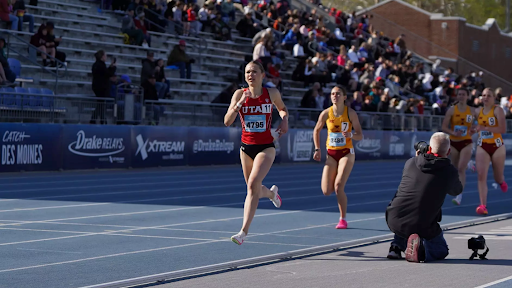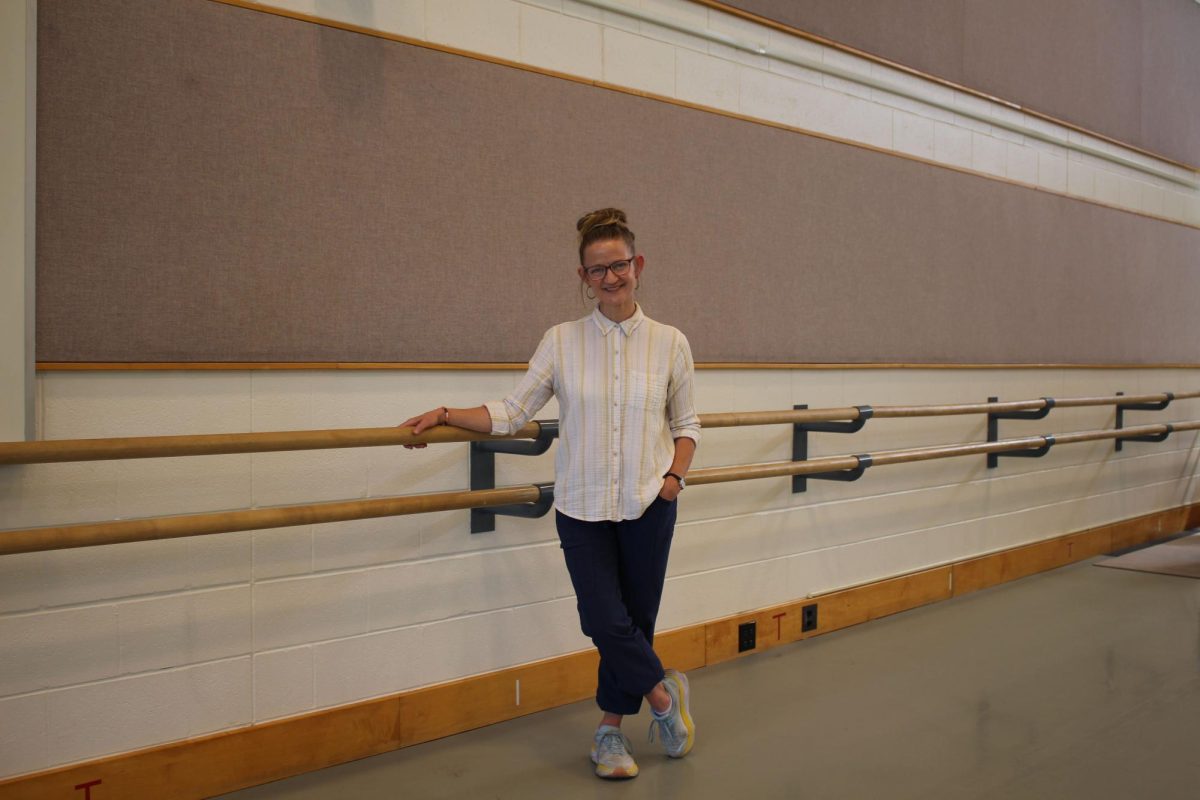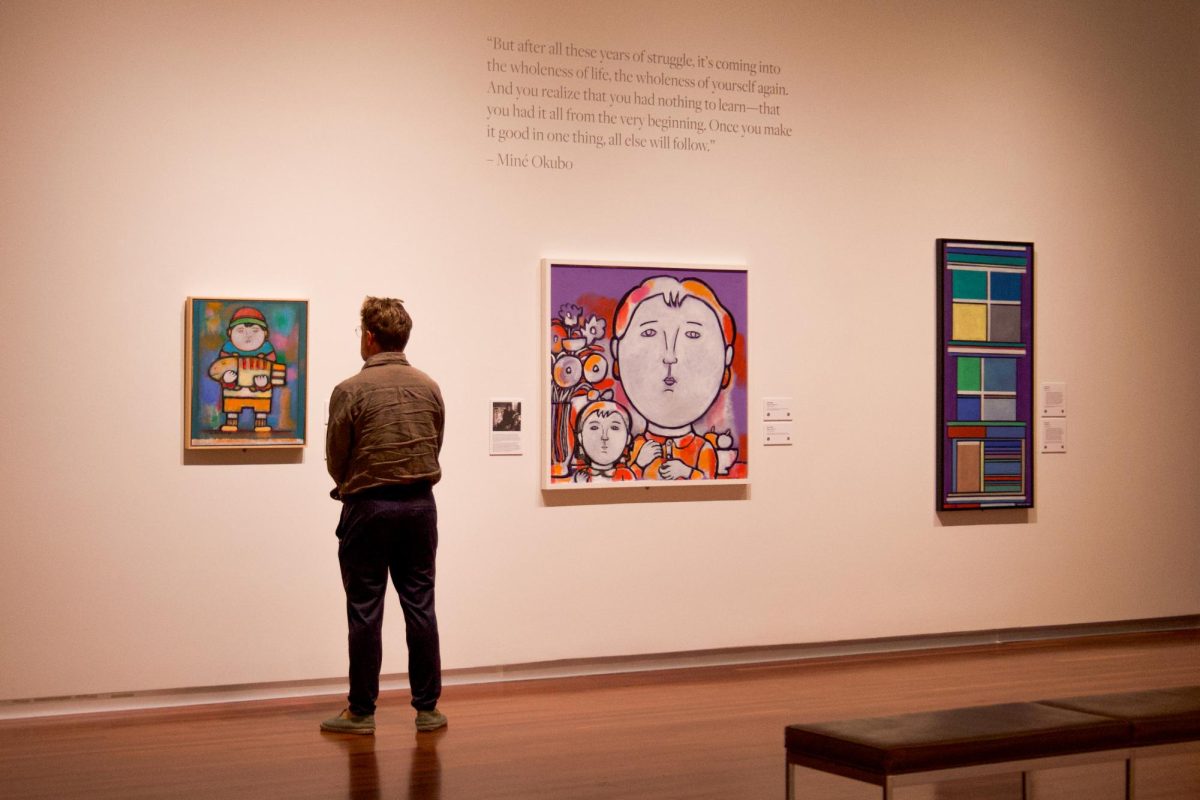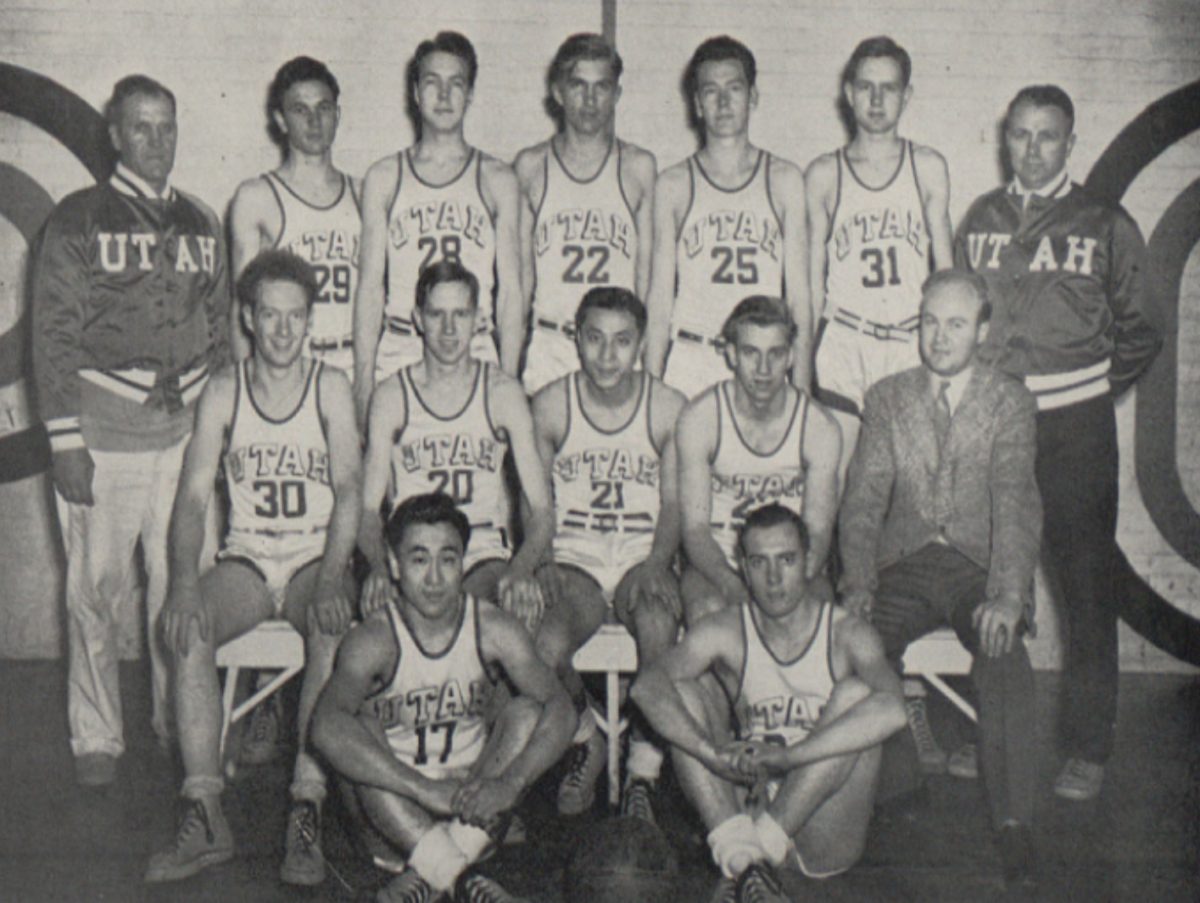Professor Profiles: Getting to Know Your Fine Arts Educators
May 4, 2020
The College of Fine Arts at the University of Utah is full of amazing professors. With a new school year approaching — and a fresh batch of new students coming in needing to fulfill fine arts gen ed requirements — what better way to give students a head start than to introduce them to the professors and classes they may come across within the College of Fine Arts here at the U.
Professor Craig Caldwell | Department of Film & Media Arts
Class: Animation: Then, Now, & Next (FILM 1600)
About Prof. Caldwell
Professor Craig Caldwell teaches in the Film and Media Arts Department at the U. Caldwell has worked at Walt Disney Feature Animation not once, but twice, contributing to films like “Mulan,” “Tarzan,” “Chicken Little,” “Bolt” and “Meet the Robinsons.” Caldwell cited the first time working for Disney Animation “like being in a toy store for the first time. I had to go everywhere and see everything.” He has also worked at one of the largest video game companies in the world, Electronic Arts.
Before coming to the U, Caldwell worked as chair of the film departments at the University of Arizona and Griffith University. Caldwell frequently speaks at conferences like Comic-Con, and has written his own book called “Story Structure and Development.”
About Animation: Then, Now, & Next
Caldwell said Animation: Then, Now, & Next is “not a history course; its emphasis is on the concepts and processes used in the making of animation.” He continued, “We explore not only the creative and technological innovations of animation… but also how the arts are an integral part of animation.”
Caldwell noted one of the course goals as an aim for “non-majors to see the similarities between how animation is created and professional practices in their own disciplines,” and for film/animation majors to “gain insight into… real-world industry practices.” Another goal of the course is “to reveal all the different components that go into making a successful animation,” including lighting, design, color, sound and more.
“Animation is created everywhere in the world today,” Caldwell said, so students of all interests and potential careers can get something out of this class.
Associate Professor Edward James Bateman | Department of Art & Art History
Class: History of Photography (ARTH 3600)
About Prof. Bateman
Professor Edward Bateman of the Department of Art & Art History at the U wasn’t always fond of history. “I admit it — I used to hate history. I thought it was the repository of all the old worn out and washed up ideas,” he said. “But I have learned that history is a living thing. Each generation tells the stories of our past in a new way.”
Bateman said he never thought he would be teaching the history of photography. “I had a colleague who had taught the subject for decades. But just prior to his retirement, I was speaking at a symposium and one of the guests took me aside and said that we should talk more — he was currently working on a new edition of a history of photography textbook and he was thinking about including me and my work in its pages.” This conversation, Bateman said, was what led him to work on Robert J. Hirsch’s “Seizing the Light” book. By the time Bateman was given the opportunity to teach History of Photography at the U, he had been “included in the pages of a history text and had also helped to write that history.”
About History of Photography
Photography is a ubiquitous art form — you can find it at just about every corner of the commercial world, and it’s just as prevalent in more intimate and personal aspects of life. Bateman said, “Since we use photography as a tool to not just understand our world but to define our ideas about its reality, it might be useful to know how we got to where we are today.”
History of Photography has plenty of universal benefits, not just those that pertain to photography majors. “Understanding the history of photography can, in many ways, be an exercise in developing compassion,” Bateman said. And he’s absolutely right. A photograph can capture both joy and pain, and through these pictures, we are able to develop a connection to the subjects, and hopefully gain an understanding of people who are different from us and the hardships that they endure.
Assistant Professor Lecturer Sara Pickett | School of Dance
Class: History of Hip-Hop (DANC 1013)
About Prof. Pickett
School of Dance professor Sara Pickett has an incredibly intriguing background in dance. “As most dance professors, I danced in my younger days,” she said. “And my form was in a funk crew in my teenage years, then a professional hip hop troupe out of Denver… So, I was breaking and popping/boogaloo in those days.” Pickett has degrees from both Weber State University (BA) and the University of Utah (MFA). She’s been teaching full-time since 2017, but was adjunct at the U for many years, so needless to say, she’s been a part of the U’s dance departments for a long time.
“Part of my fascination with hip hop was watching the street form move into the Academy,” Pickett said. “I did my graduate thesis on hip hop, so as a professor I naturally wanted to teach the subject.”
About History of Hip-Hop
History of Hip-Hop is mostly a lecture/discussion-type class, though Pickett said, “We have around six days of ‘moving’ in the studio… These are nerve-wracking for many students at first, but the atmosphere is one of acceptance and support.” Not only this, but Pickett also cited “a requirement for students to try their hand at some part of the hip hop elements. Beat making, writing lyrics/verses, fashion or graffiti are all on the table.”
As far as the actual history goes, Pickett said, “The class starts at the origins of hip hop culture, beyond the Bronx in the 1970s, but to roots and influences that came before.” The class goes over how a lot happened in only 50 years that took hip hop from the streets of South Bronx to the “trillion-dollar industry of music and culture” we see today. Pickett said she wanted to teach the course because it is her history. “This helps me see where I and the students fit into this art form and where hip hop as a culture, as art, as a lifestyle, continues to live.”
Associate Professor Lecturer Cathryn Clayton | School of Music
Class: Survey of Jazz (MUSC 1236)
About Prof. Clayton
Dr. Cathy Clayton of the School of Music has a Master of Music in Musicology from the U, and a DMA in Harp Performance from the University of Arizona. During her graduate studies, Clayton also obtained a Doctoral Minor in Ethnomusicology. As of now, Clayton teaches Harp Performance, World Music, Survey of Jazz and more here at the U. Clayton is the director of Crimson Harps, the U’s harp ensemble — she’s toured extensively with the group.
About Survey of Jazz
Survey of Jazz takes a look at how the art form emerged and progressed, specifically in the United States, touching on subgenres of swing, bebop, avant-garde and more. The course also discusses jazz as “intricately interconnected with race relations in the United States and abroad,” as Clayton puts it. The course delves into “Jim Crow laws, musicians’ protests against inequities, racial pride, discrimination against and exploitation of African American musicians,” amongst other race-related topics.
Adjunct Assistant Professor Jane England | Department of Theatre
Class: Exploring Theatre (THEA 1013)
About Prof. England
Professor Jane England has worked for the U’s Department of Theatre since Aug. 2011. She has taught in a variety of different theatre courses from Script Analysis to Dramatic Arts in Television, and England has assisted in history and theory courses as well. Before coming to the U, England taught English courses at other colleges and taught English as a second language in countries like Vietnam and Cambodia, where she also worked with NGOs in international development.
England is no stranger to working with study abroad programs — she’s been involved with plenty of such organizations since 1994. Her foreign study contributions at the U include helping organize the London Learning Abroad Program as well as the British Studies Program in London for the English department. England has also created and led independent theatre and art tours of London.
About Exploring Theatre
In the classroom, England abides by the philosophy of Aristotle. “I agree with Aristotle that ‘to learn gives the liveliest pleasure,’” she said. “And hope that [by] studying great theatre this term, we’ll enjoy learning together.”
What specifically can you expect to learn in Exploring Theatre? England listed, “Examining significant primary readings, looking at how theatrical space has been used over the centuries… and discussing historical and modern plays.” Beginning with the Greeks and ending with more contemporary works, the class will both read scripts and watch performances, and discuss their importance thematically and historically. “Along the way, we’ll discover important currents in theatrical literature and, just possibly, life,” England said.
No matter what path you choose here at the U, these fine arts classes and professors are sure to help contribute to the well-rounded college education you came here to receive.











